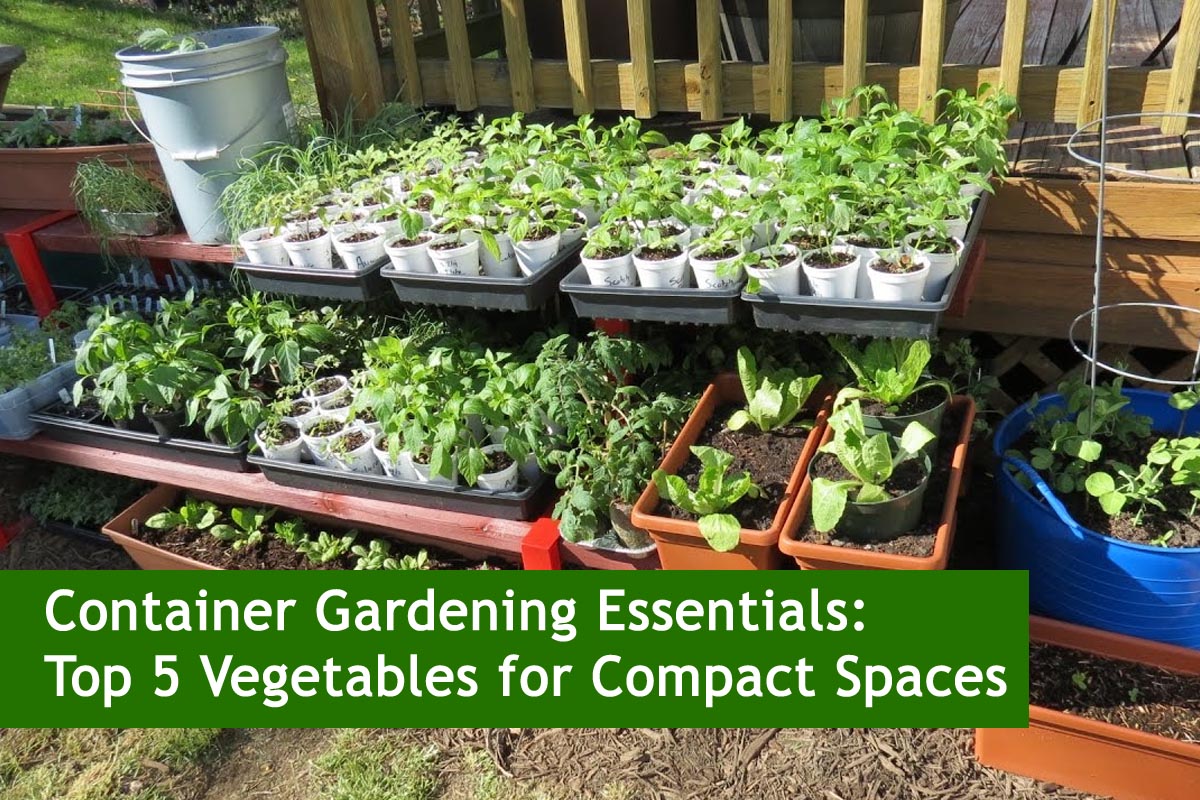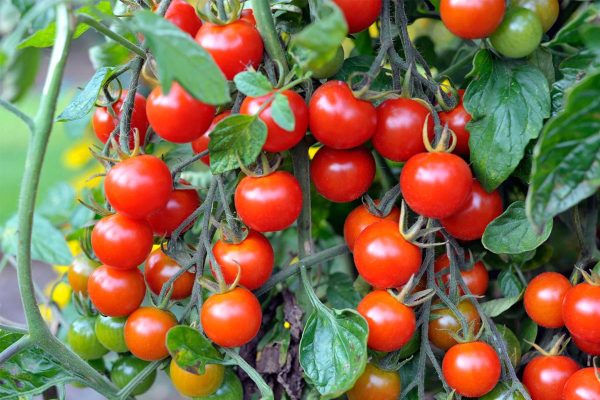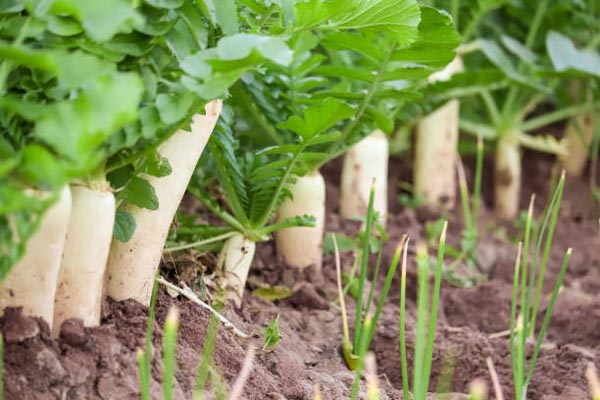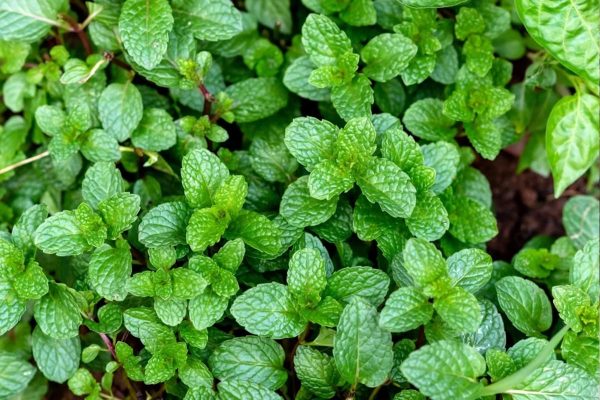
Container Gardening Essentials: Top 5 Vegetables for Compact Spaces
Container gardening has become increasingly popular, especially among urban dwellers and those with limited outdoor space. Whether you have a balcony, patio, or even just a sunny windowsill, container gardening offers a versatile and accessible way to grow your own fresh produce. In this guide, we’ll explore the essentials of container gardening and highlight five vegetables that thrive in compact spaces.
Why Container Gardening?
Container gardening offers numerous advantages, making it an ideal choice for urban gardeners and anyone with limited outdoor space. Here are some key benefits:
Space Efficiency:
Containers allow you to maximize your growing space, making them perfect for balconies, patios, and even small yards.
Accessibility:
With containers, you can position your plants at a comfortable height, reducing the need for bending or kneeling.
Also Read This : Green Companions: 10 Pet-Friendly Plants to Spruce Up Your Home!
Flexibility:
Containers are portable, allowing you to move your plants to optimize sunlight or protect them from harsh weather conditions.
Pest Control:
Container gardening can help minimize pest problems since it creates a barrier between your plants and the surrounding soil.
Aesthetic Appeal:
Containers add beauty and greenery to any space, enhancing the visual appeal of balconies, patios, and windowsills.
Also Read This : 10 Tiny Houseplants: Growing Love That Outgrows Your Space
Essential Components of Container Gardening
Before diving into the top vegetables for container gardening, it’s essential to understand the key components of successful container gardening:
Containers:
Choose containers that are large enough to accommodate the root systems of your chosen vegetables. Ensure they have drainage holes to prevent waterlogging.
Potting Mix:
Use a high-quality potting mix specifically formulated for containers. Avoid using garden soil, as it can be too dense and may contain pests or diseases.
Also Read This : A Guide on How to Care for Your Tomato Plant Post-Planting
Sunlight:
Most vegetables require at least six hours of sunlight per day, so place your containers in a sunny location.
Watering:
Containers may dry out more quickly than garden beds, so monitor soil moisture regularly and water as needed. Ensure proper drainage to prevent waterlogged soil.
Also Read This : Cultivating Green Spaces in Tiny Homes: Gardening Tips for Limited Living Quarters
Fertilization:
Since container plants rely on you for nutrients, fertilize regularly with a balanced fertilizer to promote healthy growth.
Now that we’ve covered the basics, let’s explore five vegetables that are well-suited for container gardening:
Tomatoes
Tomatoes are a favorite among container gardeners due to their versatility and prolific production. Choose determinate varieties, which are more compact and bushy, making them ideal for containers. Provide support for your tomato plants with stakes or cages to prevent them from sprawling. With regular watering and adequate sunlight, you can enjoy a bountiful harvest of juicy tomatoes throughout the growing season.

Also Read This : Transform Your Balcony into a Serene Sanctuary: Tips for Creating a Cozy Outdoor Retreat
Peppers
Peppers, whether sweet or hot, thrive in containers, making them an excellent choice for small-space gardening. Select compact varieties suited for containers and ensure they receive plenty of sunlight to encourage fruit production. Peppers are relatively low-maintenance, requiring regular watering and occasional fertilization to keep them healthy and productive.
Lettuce
Lettuce is a quick-growing and versatile vegetable that performs exceptionally well in containers. Choose loose-leaf or compact varieties suited for container gardening, such as butterhead or romaine. Plant lettuce seeds or seedlings in shallow containers and keep the soil consistently moist to prevent bitterness and bolting. Harvest leaves as needed for fresh salads, sandwiches, or wraps, ensuring a continuous supply throughout the growing season.
Also Read This : Elevate Your Garden with Low-Maintenance Herbs
Radishes
Radishes are one of the fastest-growing vegetables, making them perfect for container gardening, especially for beginners. Select small, round varieties suited for containers and plant them in well-draining soil. Radishes thrive in cool weather and require regular watering to prevent them from becoming woody or pithy. Enjoy the crisp, peppery flavor of freshly harvested radishes in salads, sandwiches, or as a crunchy snack.

Herbs
Herbs are well-suited for container gardening, offering fresh flavors and aromatic foliage in a compact space. Choose a variety of herbs such as basil, parsley, mint, and chives, and plant them in individual containers or mixed planters. Place herb containers in a sunny location and harvest leaves as needed for cooking, garnishing, or making herbal teas. With proper care, your herb garden will thrive, providing a continuous supply of fresh flavors throughout the growing season.

Also Read This : Summer Hazard: Avoid These Fertilizers to Protect Your Plants
Container gardening offers a convenient and accessible way to grow your own vegetables, even in limited outdoor spaces. By selecting the right vegetables and providing them with proper care, you can enjoy a bountiful harvest of fresh produce right at your doorstep. Whether you’re a beginner or experienced gardener, container gardening allows you to experience the joys of growing your own food, one container at a time. So roll up your sleeves, gather your containers, and get ready to embark on a rewarding gardening journey!




